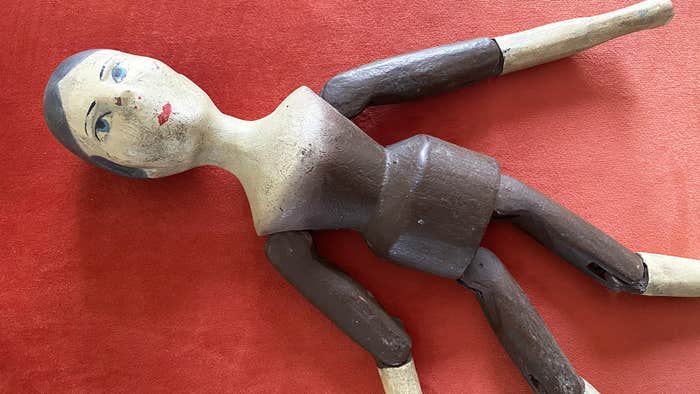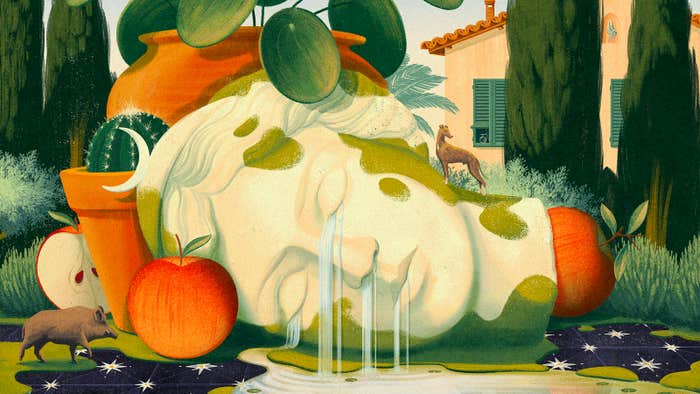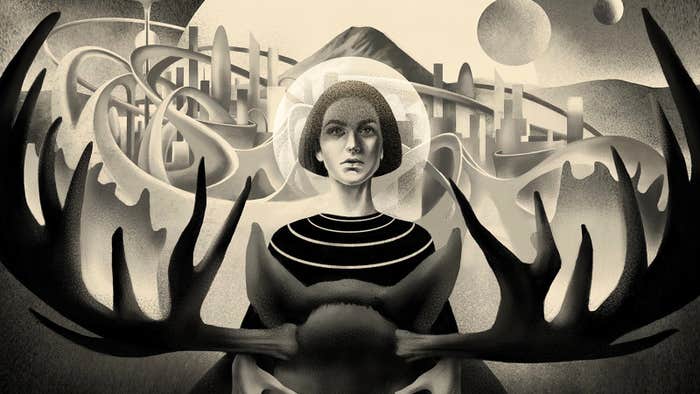
This article is part of series of Nautilus interviews with artists, you can read the rest here.
Zoe Keller is an artist on a mission to capture the beauty of biodiversity before it’s too late. Working in both graphite and digital media, she meticulously brings animals to life with a reverence evocative of the great 19th-century naturalists. Instead of cataloging newly discovered species, however, Keller celebrates those in danger of vanishing.
That’s one reason Keller was the perfect choice to illustrate the cover of our first Ocean Special Edition as well as the cover story for Nautilus Issue 39 about the decline in nautilus populations. We recently caught up with her to ask about her creative process, the challenges of illustrating endangered wildlife, and what scientists can learn from artists.
How did you decide pursuing art was the path you wanted to take?
I loved drawing from a very early age, and am really lucky to have a family that supported my interest in the arts. I became interested in scientific illustration a couple of years after graduating from college with a BFA in Graphic Design, while volunteering with an artist collective on the coast of northern Maine. In the decade since, I have loved using drawing as a tool to learn more about the natural world.
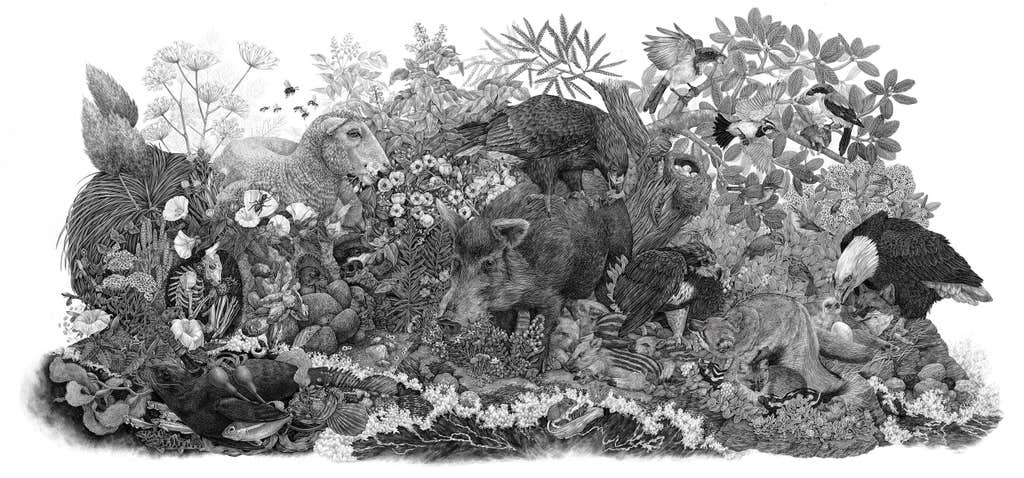
Your work is vividly hyperrealistic and you capture even the most minute details of the animals you draw. What’s your creative process like?
I like to start off very loosely, planning out the drawing in its entirety and ironing out the composition as much as I can. I work the entire piece for a while, to make sure that I understand where the darkest values are going to be. The final pass takes the longest. I usually work from the top left corner to the bottom right, laying in the textural details. It’s really important as I work to keep an eye on the piece as a whole, to make sure that all of the elements remain balanced.
Your work features endangered or threatened species. Does an animal’s conservation status affect how you portray it?
I am especially drawn to at-risk species that are less “charismatic;” snakes, amphibians, invertebrates, bats, and fungi are featured prominently in my work. I try to depict these imperiled species in unusual ways that may give the viewer an opportunity to admire the species’ physical beauty for the first time. I also do my best to highlight the important roles that these species play within their preferred habitats.

You read primary scientific research when you’re preparing for your projects. How does that shape the final product?
My time reading about species is honestly my favorite part of my entire process! I love having an excuse to deepen my understanding of a familiar species, or to live vicariously through a scientist who has studied a species I will never see in person. My more complex compositions highlight species life cycles, predator-prey relationships, symbiotic relationships, and mating rituals: things that are not obvious to me as an amateur naturalist. Often, my initial idea for a piece will change completely after I’ve had the opportunity to look through a few journal articles.
A lot of your work, including the cover for the inaugural Nautilus Ocean Special Edition, feature a variety of octopuses. What is it about these animals that captures your imagination?
This piece was originally created as a part of an ongoing collaboration with PangeaSeed Foundation, in celebration of the biodiversity of our oceans and World Octopus Day. This piece features 10 of the nearly 300 known species of octopus that inhabit waters around the globe. I find so much delight in exploring the variations between species: the delicate translucency of one, the bold, riotous patterning covering the form of another. The longer we look, the more bizarre, gorgeous, and precious our world becomes. It is my hope that art can be a useful tool in protecting what has not already been lost during our age of human-driven mass extinction.

Is there anything you think scientists can learn from artists—or vice versa?
Every scientist that I have had the pleasure of meeting feels like an artist to me. We’re all cut from the same cloth! I think that together scientists and artists can be really powerful storytelling teams: Scientists supply the expertise, and artists can help to translate that information into compelling visual narratives.
The rise of generative AI services like Midjourney is causing some controversy in the art world. What are your thoughts on the use of AI to create art?
Living artists are already feeling the pinch created by AI. AI-generated art is showing up on the book covers of big-name authors, in ads pushed out by large companies, and on the fabrics of popular clothing brands, to point to just a few instances that I am aware of. These companies have the money to pay artists, and they are choosing not to. For many smaller and mid-size companies, paying artists is a stretch. As AI continues to improve, the temptation to cut corners with AI is going to be immense. It is incredibly difficult to make a living as an artist, which is why so many people who succeed in the art world come from privilege.
I grew up middle-class with no art world connections, and clawed my way to a full-time, self-employed creative career by cobbling together gigs and jobs, many from small companies for low pay. Gradually, the gigs got better, the clients got bigger, the pay was more substantial. Looking ahead, I think that many of those kinds of starter jobs—the jobs that I used to get my career off the ground—are not going to go to the next generation of artists. They’re going to be done by AI. There will always be artists. But if AI art is normalized, I fear that the already minuscule part of the art world that consists of working and middle-class artists will be eviscerated.
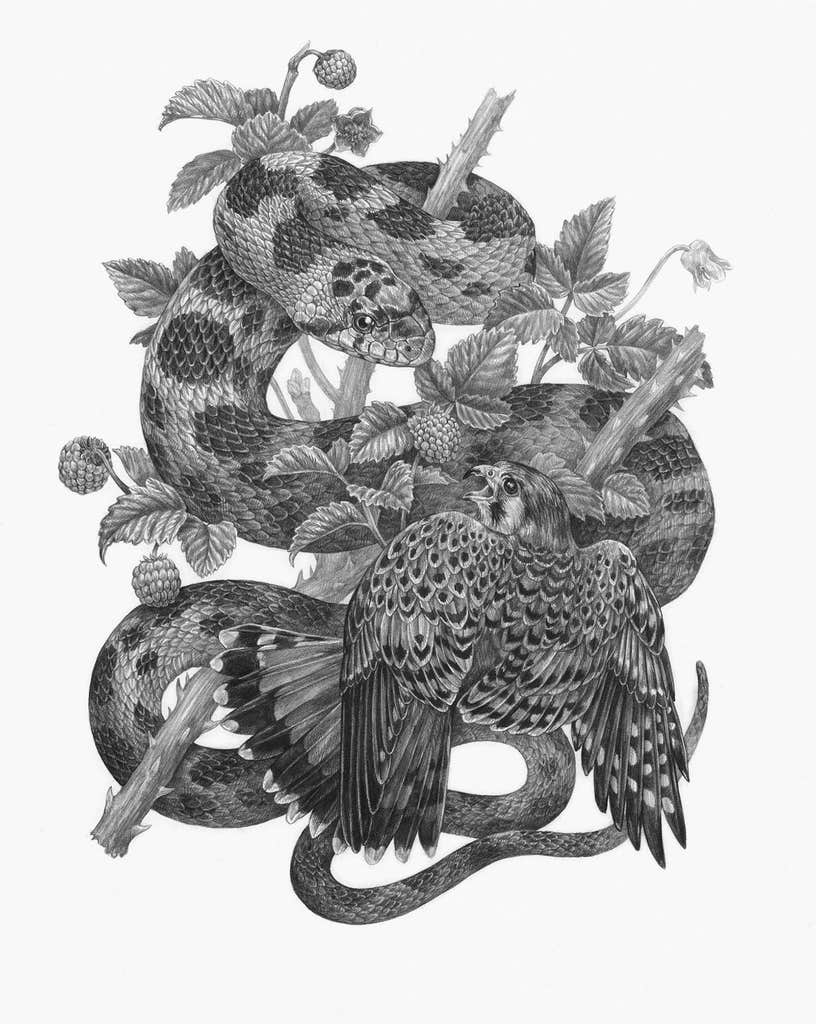
You have an extensive collection of nature guides; do you have any must-have recommendations for our readers?
I love Peterson Field Guides for reptiles and amphibians and Sibley Guides for birds. National Audubon Society Field Guides are another go-to for species of all sorts. I always look for region-specific guides when I’m traveling. Park gift shops and small local book stores often stock books and guides that can be difficult to find online, or that are so specific you might not even think to search for them!
Do you have any upcoming projects you’re excited about?
I just moved back to New York’s mid-Hudson Valley, and am very excited to dig into a larger scale personal project. Developers currently operating under the name ‘Zena Development LLC’ recently purchased 625 acres of pristine forest in my hometown of Woodstock, New York. I will be highlighting the biodiversity and natural beauty of this area, in an effort to help volunteers pushing back against the developers’ plans.
Interview by Jake Currie.
Lead image courtesy of Zoe Keller.
























